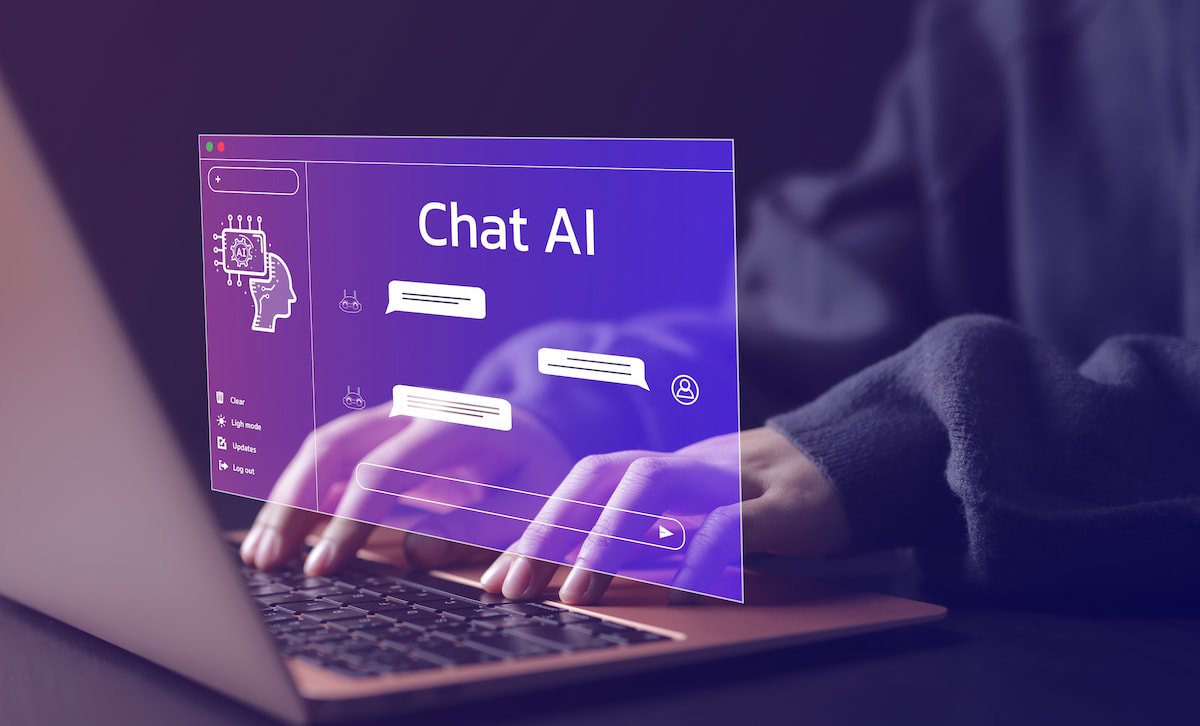How Can Dual Language Teachers Use A.I. In Their Classroom?


Dual language teachers can incorporate AI into their classrooms in various ways to enhance the learning experience and support bilingual education. Here are some ideas:
- Language Translation Tools: AI-powered translation tools can help students understand and communicate in their non-native language. These tools can assist in translating text, spoken language, and even real-time conversations.
- Language Learning Apps: AI-based language learning apps can provide personalized learning experiences for students, adapting to their skill levels and learning styles. These apps often include interactive activities, games, and quizzes that make learning a new language engaging.
- Speech Recognition: AI-driven speech recognition technology can be used to help students practice pronunciation and fluency. It can provide instant feedback on their spoken language, helping them improve their accent and intonation.
- Content Customization: AI can analyze students’ performance and learning habits to customize educational content, making it more relevant and effective. This could include adapting reading materials, exercises, and assessments to match each student’s proficiency level in both languages.
- Cultural Exploration: AI tools can provide immersive experiences that expose students to the cultures associated with the languages they are learning. This can include virtual tours, interactive cultural lessons, and exposure to authentic language usage in different cultural contexts.
- Automated Grading and Feedback: AI can assist teachers in grading assignments and providing feedback. This can be especially useful in language classes, where there is a significant focus on writing and grammar.
- Collaborative Learning Platforms: AI-powered platforms can facilitate collaborative projects and discussions among students who speak different languages, promoting cross-cultural communication and understanding.
- Data Analysis for Personalized Learning Paths: AI can analyze student performance data to identify strengths, weaknesses, and learning patterns. This information can help teachers tailor instruction to better meet the needs of individual students in a dual language setting.
- Interactive Chatbots: AI chatbots can simulate conversation in different languages, providing students with additional practice in a controlled, low-pressure environment.
- Enhanced Educational Games: Incorporating language learning into educational games using AI can make the process more fun and engaging for students, especially for younger learners.
It’s important for dual language teachers to be mindful of the ethical considerations and limitations of AI, such as data privacy and the need for human oversight. Additionally, the effectiveness of AI tools depends on their integration into a well-structured curriculum and their alignment with educational goals. Teachers should approach the integration of AI in education with a critical mindset, always keeping the best interests of their students in mind. Regular reflection, feedback from students, and professional development/teacher training are good tools to keep in mind.

